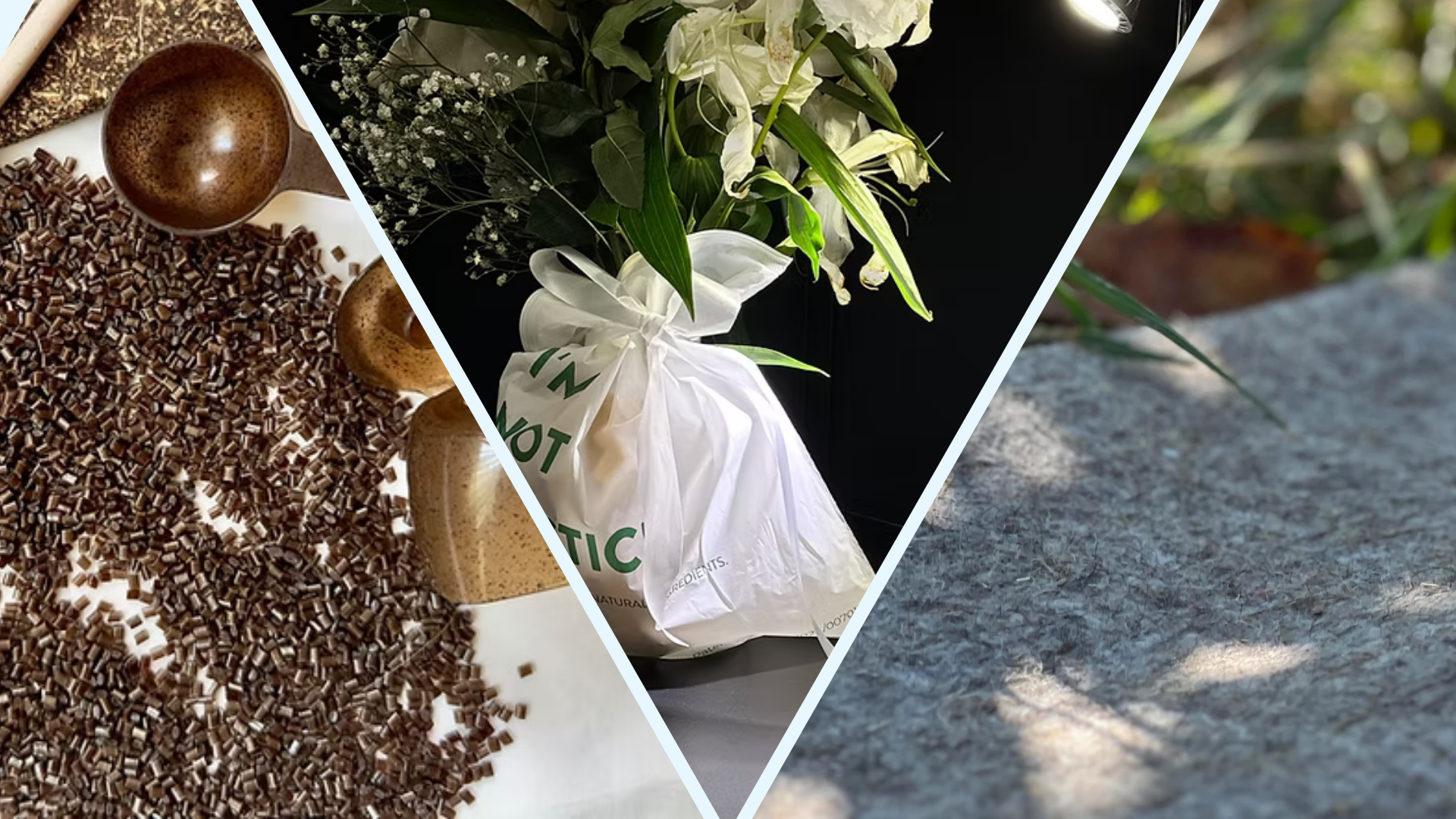
What It Takes to Build Sustainable Materials at Scale
The NEB values do not enter industry through slogans. They enter through people and their perspectives.
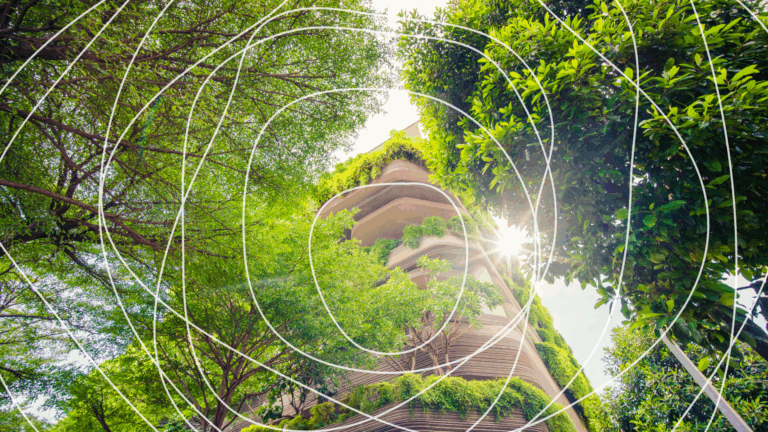
Across Europe, cities are undergoing profound transformation. As we face the dual challenges of climate adaptation and social cohesion, the New European Bauhaus (NEB) offers a framework on how we can move forward with a vision for living better together. By embedding sustainability, inclusivity, and beauty into the design of urban environments, cities can become places that not only work efficiently, but also inspire, connect, and sustain their inhabitants.
From mobility to public space, from infrastructure to cultural heritage, the New European Bauhaus principles are shaping what good urban living can mean in practice: cities that are sustainable in function, inclusive in spirit, and beautiful in form. This article explores how these values are transforming our shared spaces and experiences, drawing on examples from innovative initiatives supported through the EIT Community Catalyse NEB 2025 programme, where design, technology, and community meet to redefine the future of city life.
A cornerstone of good urban living is sustainability, or in other words the capacity of cities to support life without exhausting the resources that sustain it. In the New European Bauhaus, sustainability means more than efficiency; it’s about reimagining how energy, mobility, and infrastructure can work together in harmony with nature. Sustainable cities are not only greener, but also more resilient and self-sufficient, designed to thrive amid change rather than resist it.
Solintel embodies this principle through its Intellifos Hub, a modular energy pole that transforms ordinary urban infrastructure into self-sufficient power systems. Each pole captures solar and wind energy, providing clean power for lighting, mobility, and data connectivity – even in off-grid areas.
By blending renewable energy generation with smart monitoring and design, Solintel’s innovation reflects the NEB’s holistic vision: a city where technology serves both people and the planet. These green energy poles do not just reduce emissions; they make cities more resilient, efficient, and visually harmonious.
“Every Solintel Intellifos Hub embodies the three pillars of the New European Bauhaus: sustainability, inclusion, and beauty,” the team explains. “Our technology proves that sustainability and aesthetics can coexist.”
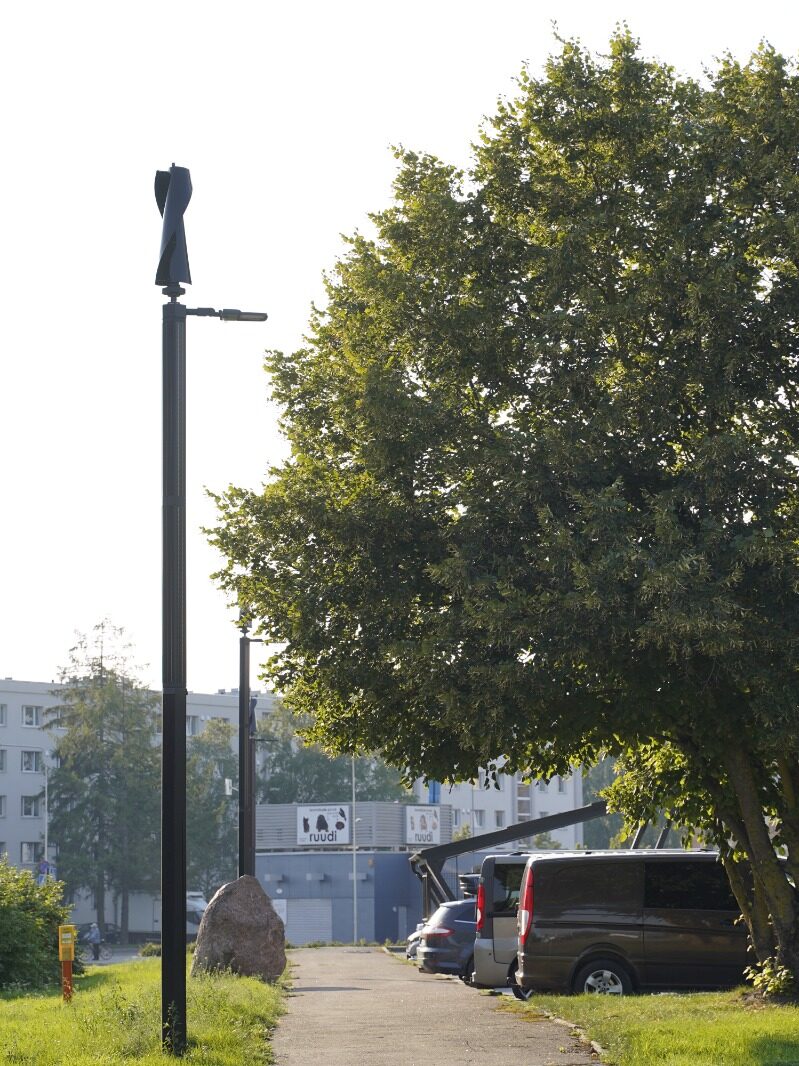

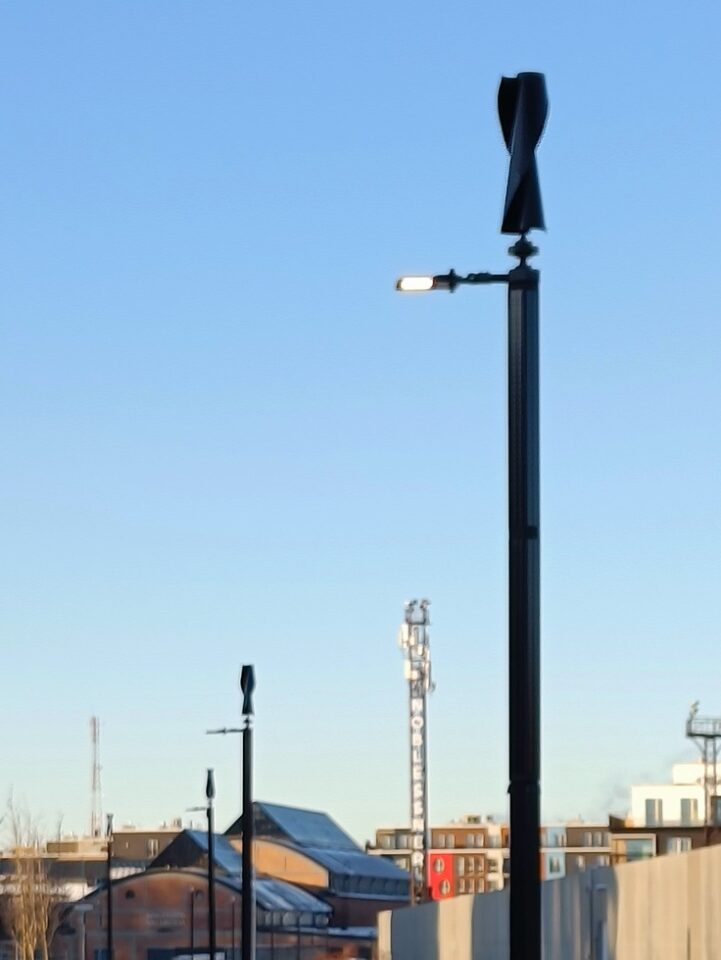

Inclusivity is about ensuring that every citizen can participate in and benefit from urban life, regardless of socioeconomic status, physical ability, or location. Inclusive design bridges divides: between people and places, between old and new systems, between local needs and global goals. It creates shared spaces, equitable services, and accessible infrastructures that make the city work for everyone.
Enter Bilmo, a Belgian startup reinventing the way goods move through cities. Their sustainable cargo scooter and trailer system offers a clean, efficient alternative to fossil-fuel vans clogging urban streets. Paired with an innovative model that turns underused shops and garages into shared parcel hubs, Bilmo’s approach creates a more equitable and sustainable last-mile delivery network.
By decentralising logistics and promoting shared urban spaces, Bilmo enhances accessibility for both citizens and businesses. A prime example of NEB inclusivity in action. It’s a mobility solution designed not just for efficiency, but for people.
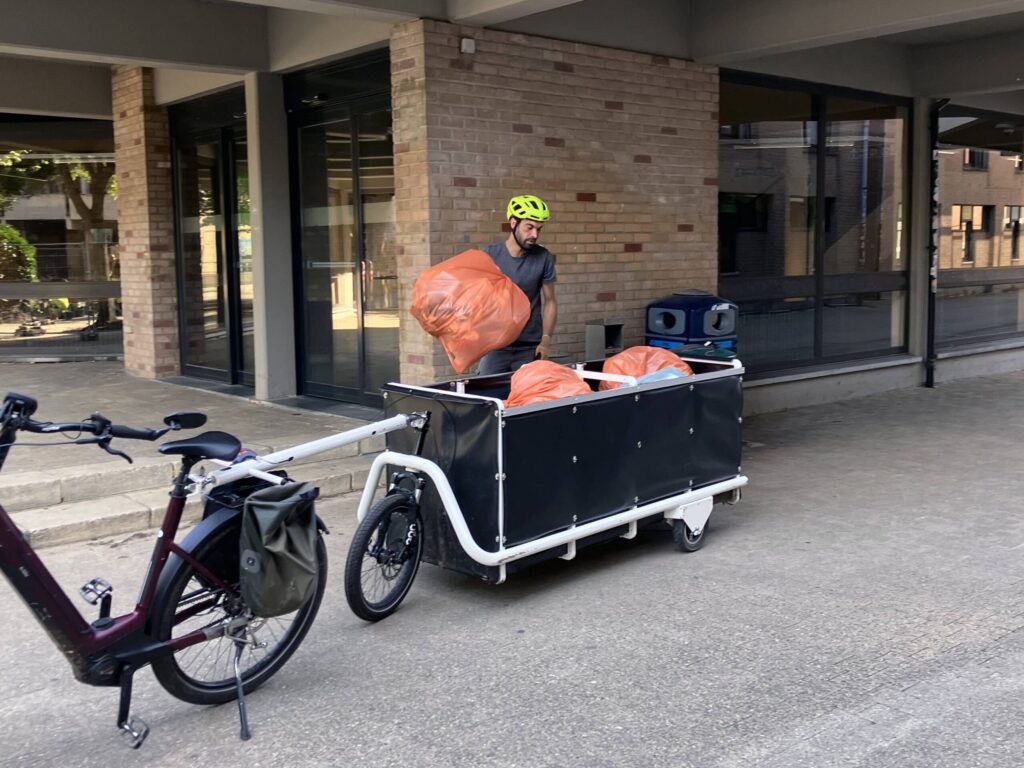
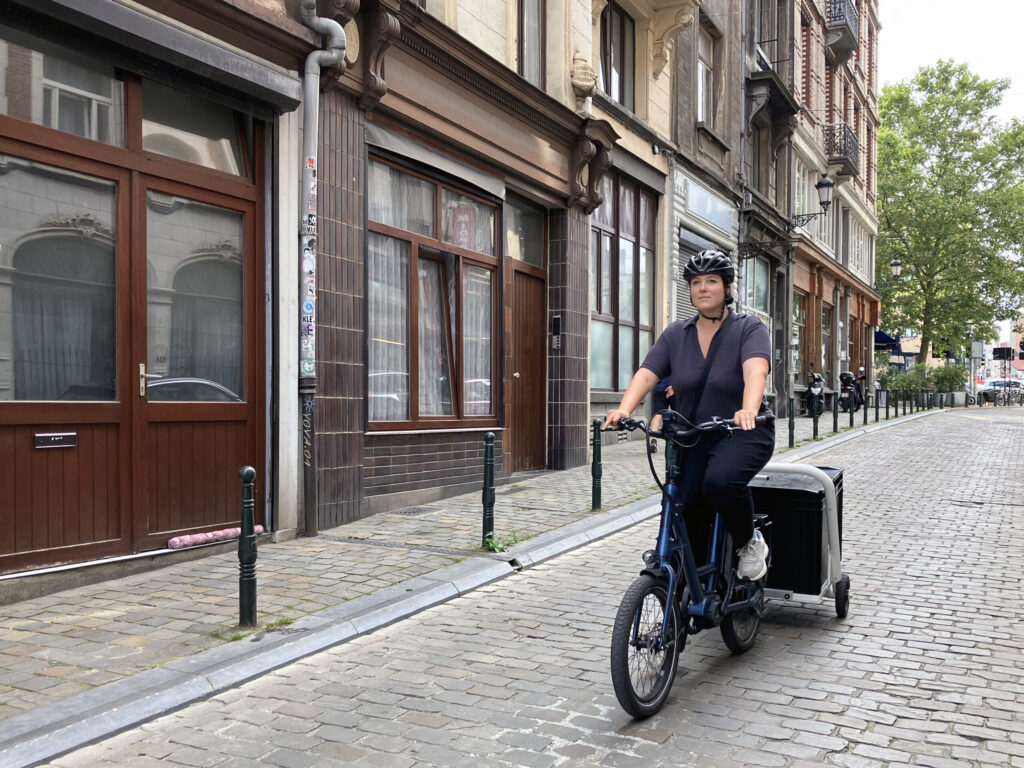
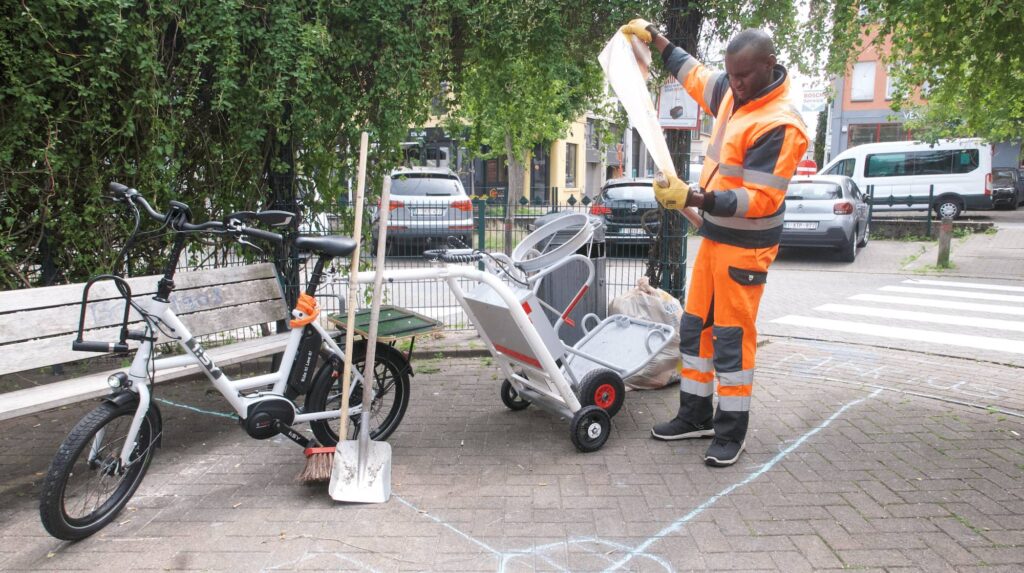
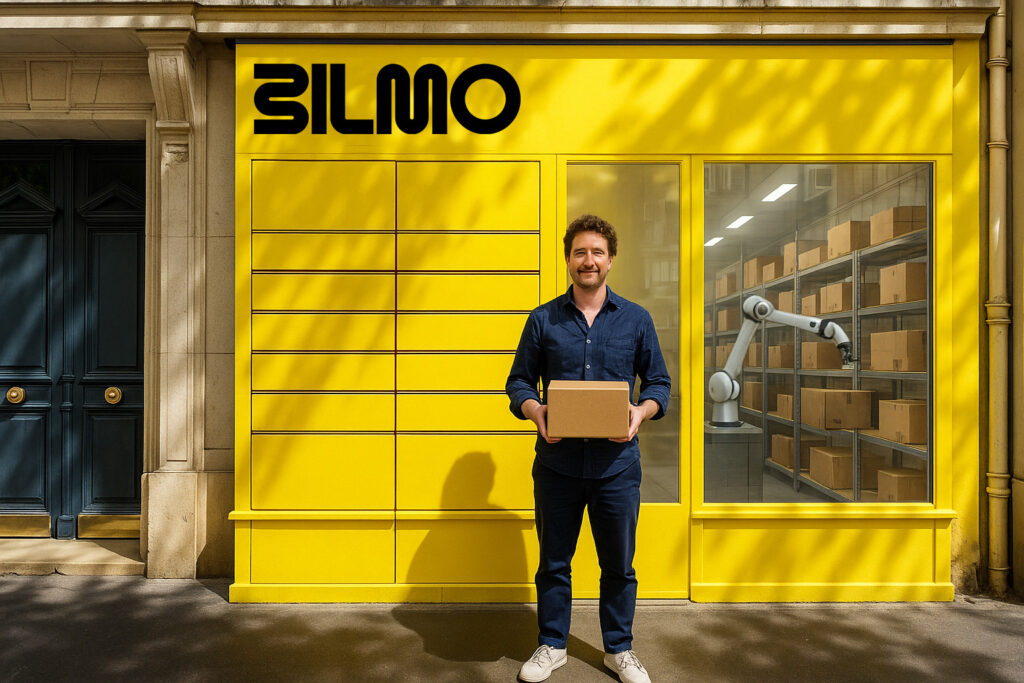
In the New European Bauhaus, beauty is understood as more than aesthetics. It’s about emotional connection, cultural identity, and the sense of belonging that emerges when places are designed with care. Beautiful cities elevate everyday life, nurture civic pride, and promote well-being. They celebrate local craftsmanship, integrate nature, and honour the stories embedded in their landscapes.
In Malta, SORĠI, the design studio led by Anna Horváth, turns this philosophy into tangible urban art. Each of their interactive public benches pays tribute to historic Maltese buildings lost to redevelopment. Made from reclaimed construction materials, these installations celebrate craftsmanship and cultural memory while tackling the growing issue of construction waste.
By combining circular design, co-creation with local craftsmen, and architectural storytelling, SORĠI shows how urban beauty can educate, include, and sustain. Their work invites residents to pause, reflect, and reconnect with the places they inhabit – an essential ingredient in creating cities that feel truly alive.
“We believe that it is possible to create high-quality public spaces that are not only aesthetically engaging and contemporary, but also deeply rooted in local identity and heritage. These spaces can be both affordable and sustainable, without compromising on design value. We encourage all stakeholders to embrace cross-disciplinary collaboration, as it is through these integrated approaches that such meaningful and balanced outcomes can be achieved.”
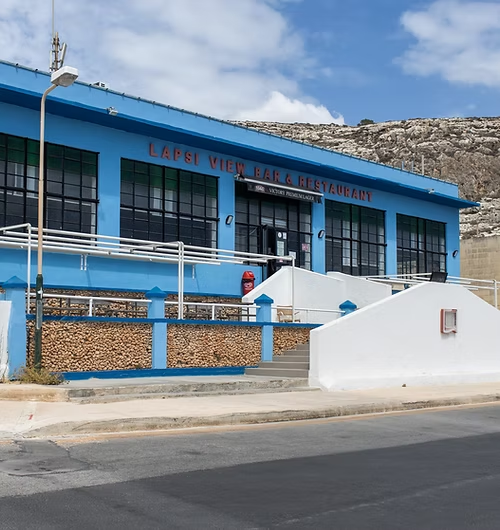
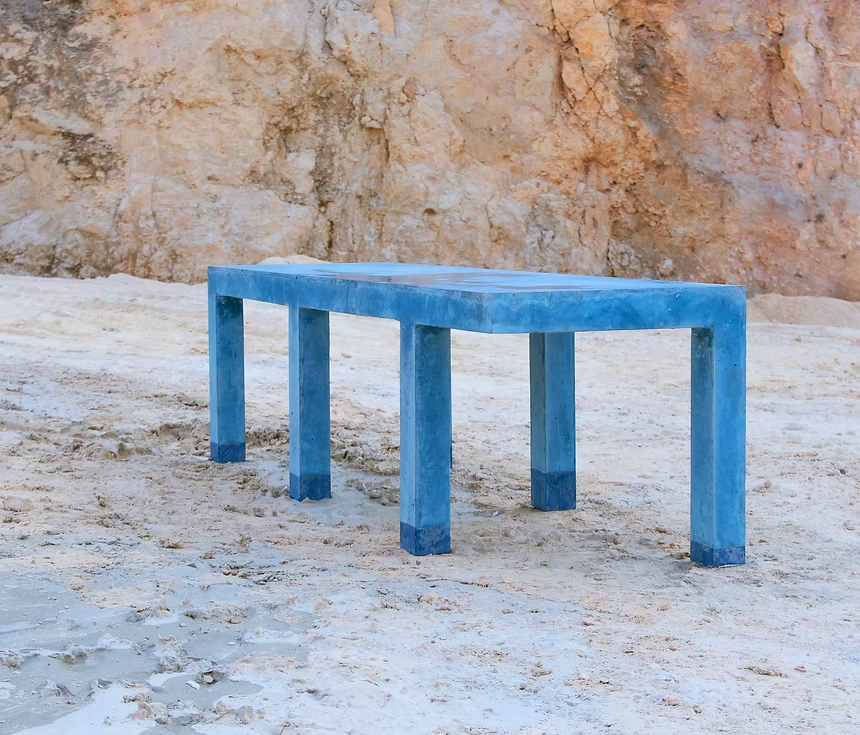

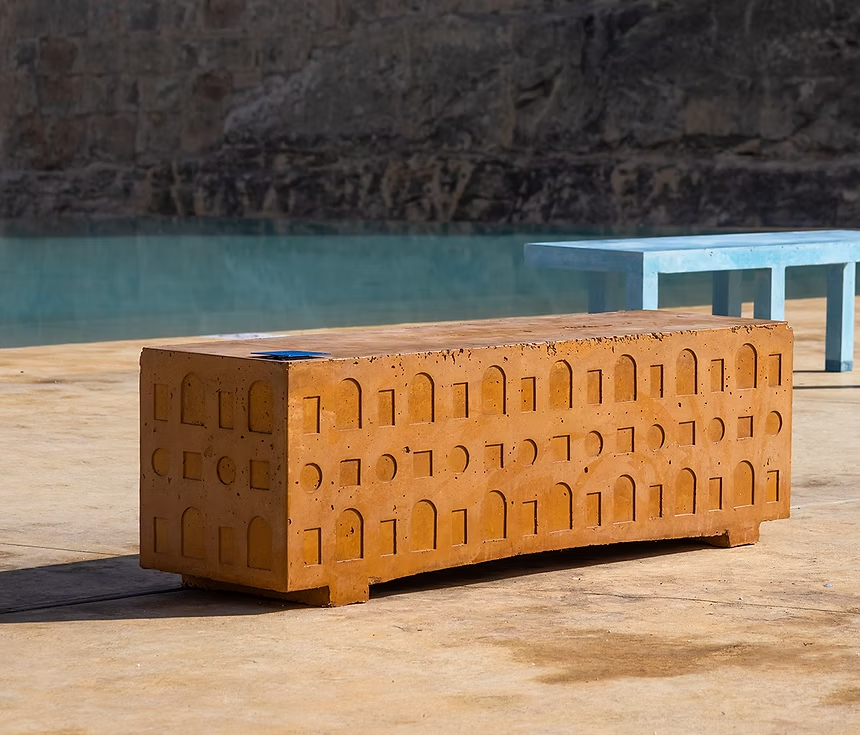
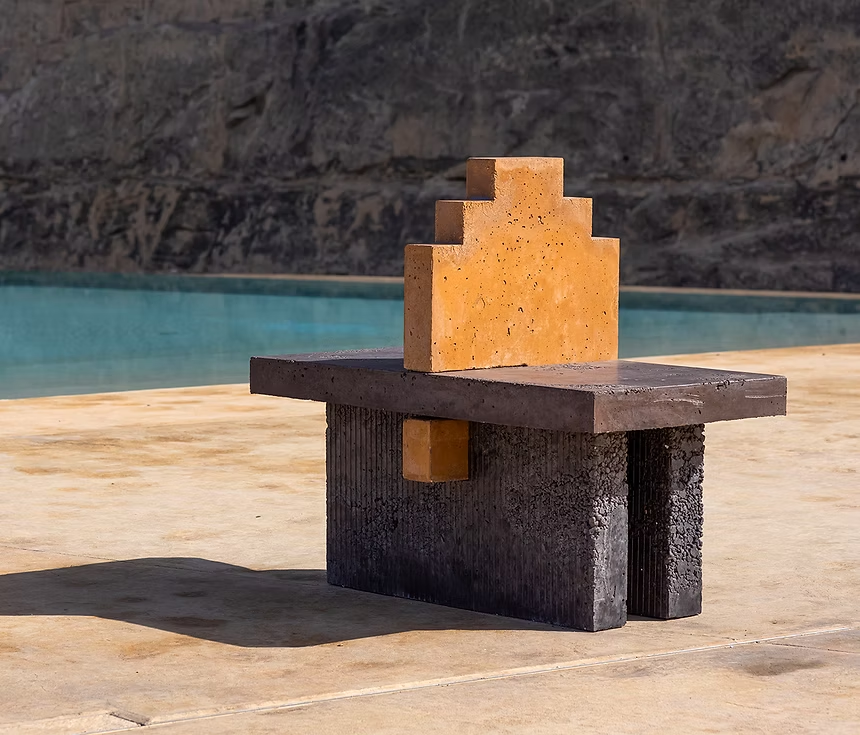
Beyond energy, mobility, and heritage, the NEB values also inspire innovation in how we experience everyday spaces. The convergence of functionality and aesthetic appeal transforms ordinary infrastructure into meaningful encounters and places where people can gather, rest, and connect. When design prioritises usability, comfort, and beauty, it enhances both the form and the spirit of urban life.
In Finland, Cube Plus has developed smart urban furniture that powers and connects public life. Their hybrid solar bench provides lighting, device charging, Wi-Fi, and comfortable seating, all while generating its own clean electricity. It’s a small but powerful contribution to safer, more connected, and more enjoyable public spaces.
By addressing real urban needs – from poor lighting to digital inclusion – Cube Plus illustrates how the NEB ideal of beautiful, sustainable, and together can manifest in simple, tangible ways. When technology is human-centred, it strengthens both the form and the fabric of urban life.
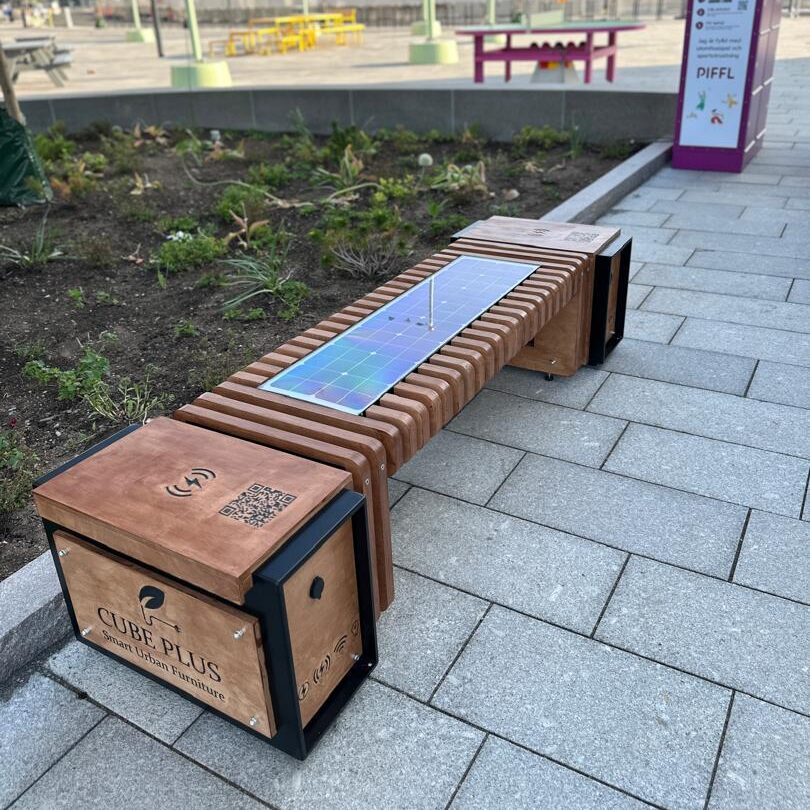
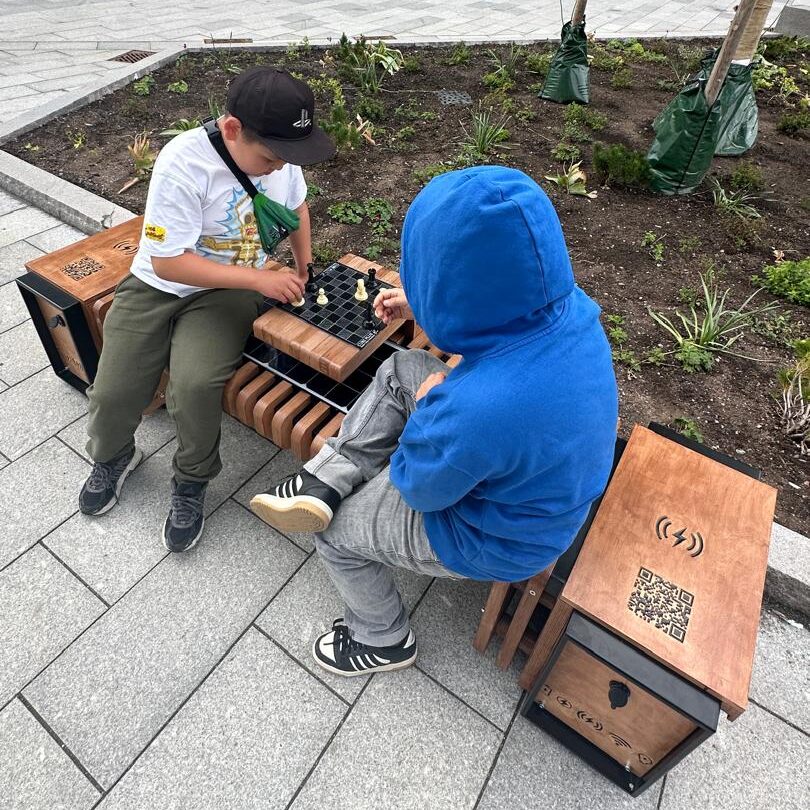
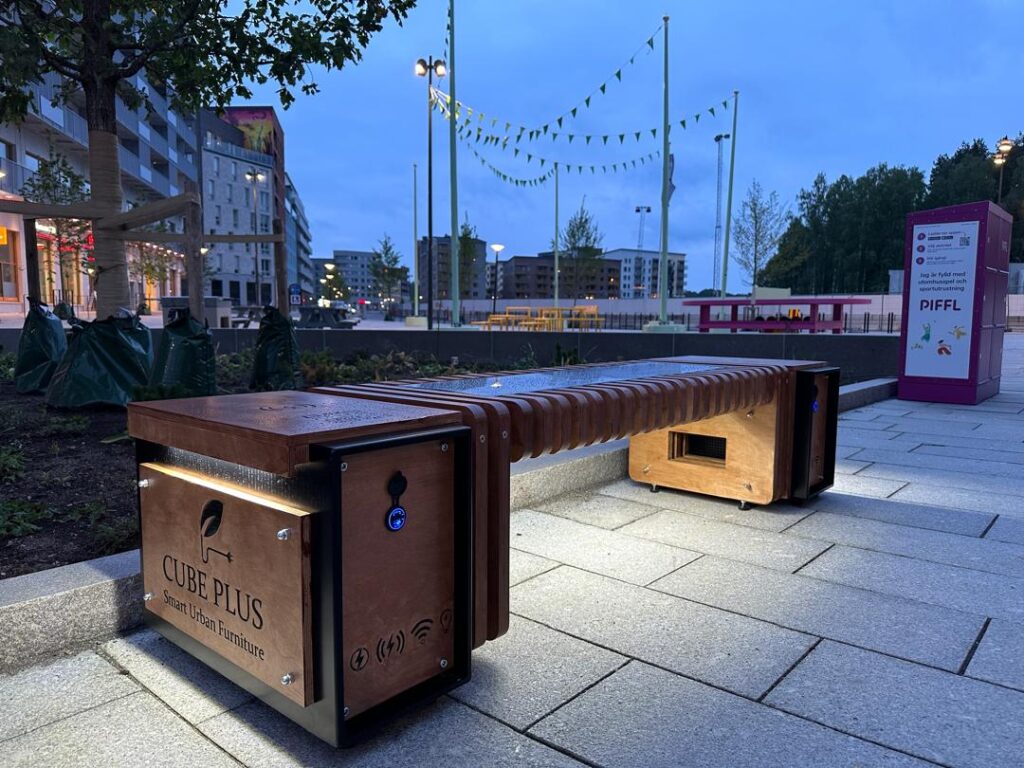
Research and EU-funded projects consistently show that applying New European Bauhaus values in urban development delivers measurable results: stronger communities, healthier citizens, and greener economies. Cities that integrate sustainability, inclusivity, and beauty achieve higher satisfaction rates, stronger civic participation, and greater climate resilience.
The examples of Solintel, Bilmo, SORĠI, and Cube Plus prove that these values are not abstract ideals; they are practical design principles that can guide Europe’s transformation toward cities that are functional, fair, and inspiring.
As the New European Bauhaus continues to shape Europe’s next generation of urban innovation, one thing becomes clear: the most sustainable cities will not only be efficient; they will be beautiful places to live.

The NEB values do not enter industry through slogans. They enter through people and their perspectives.
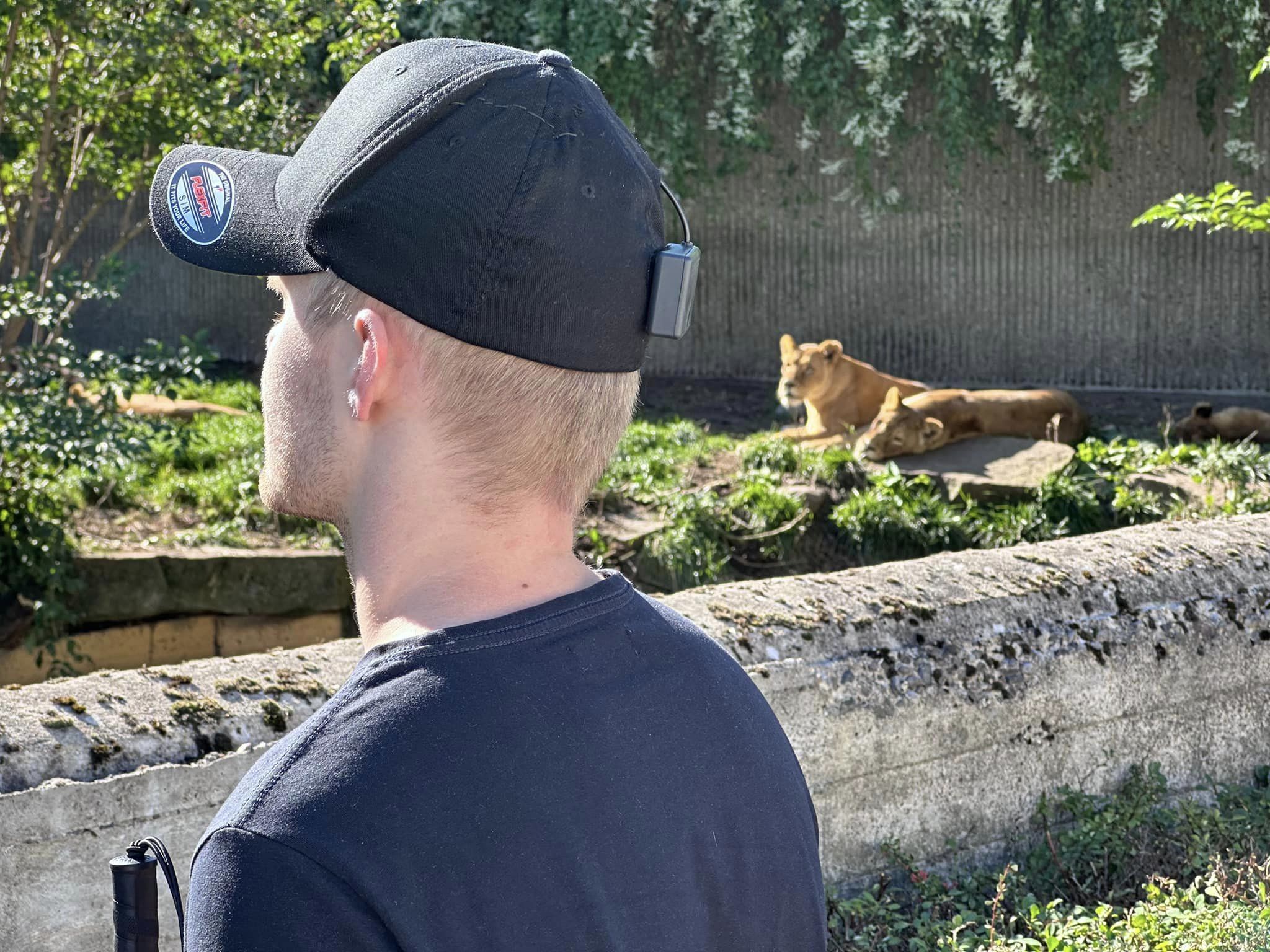
When Emil, blind and newly relocated to Copenhagen, struggled to navigate an unfamiliar city, the experience sparked NaviBlind.
